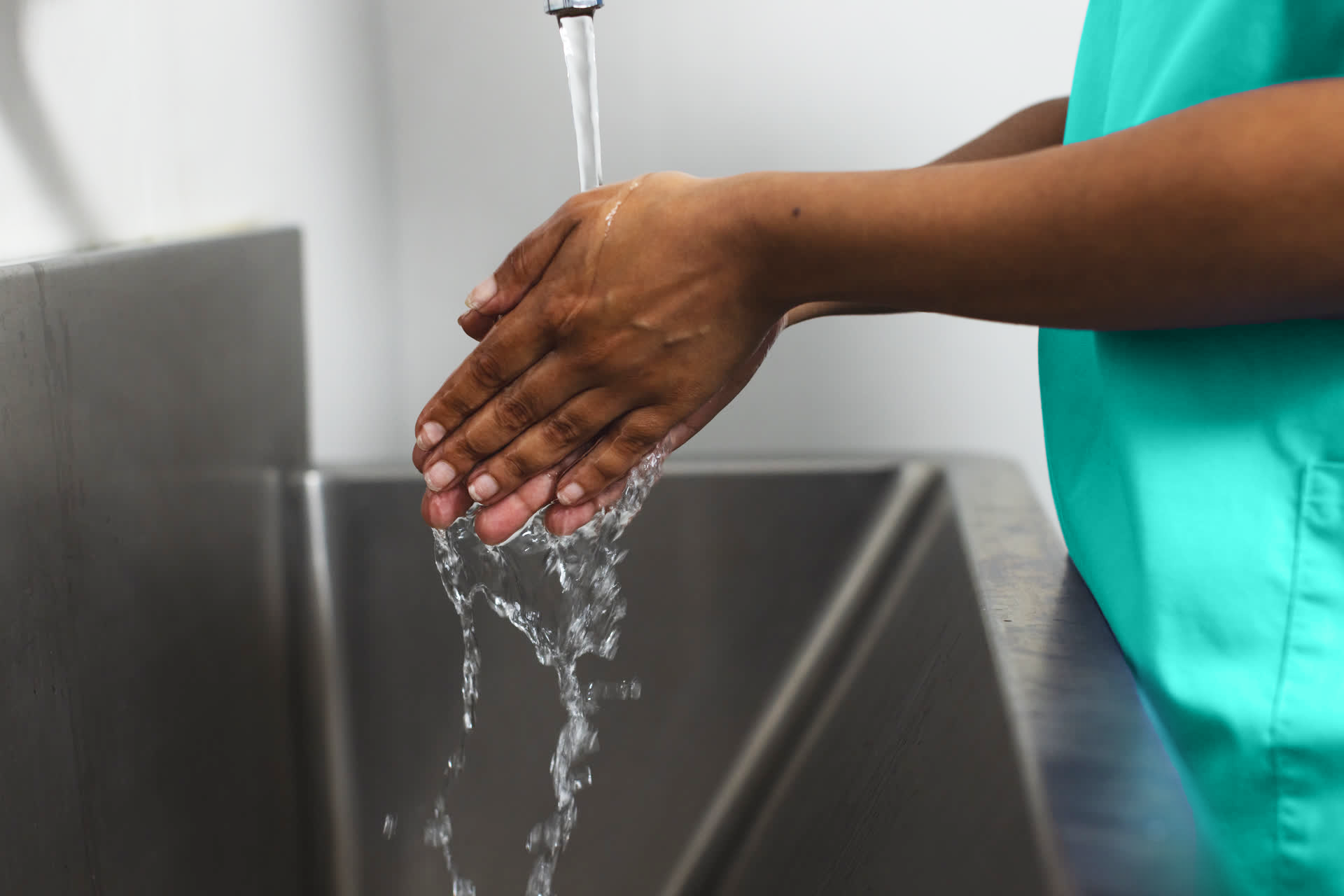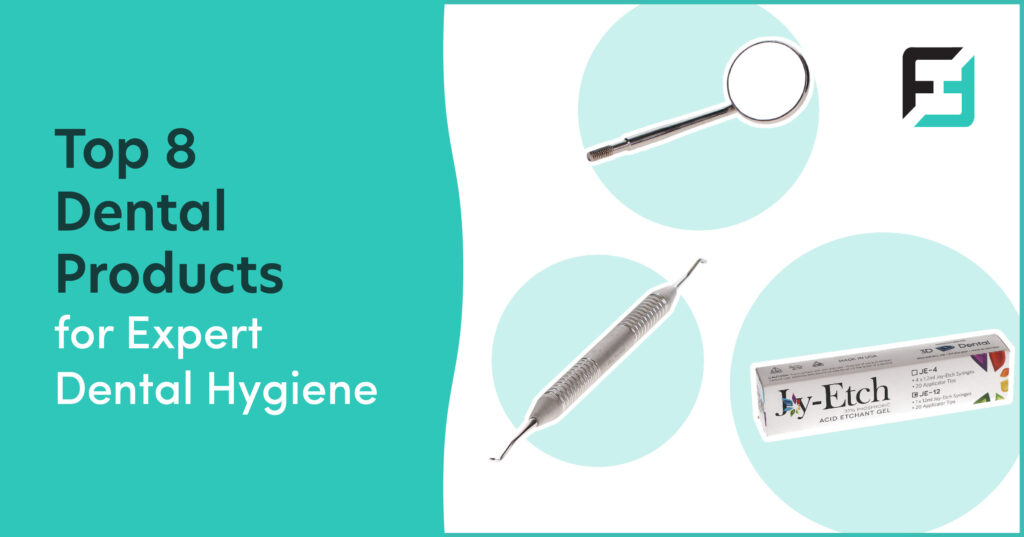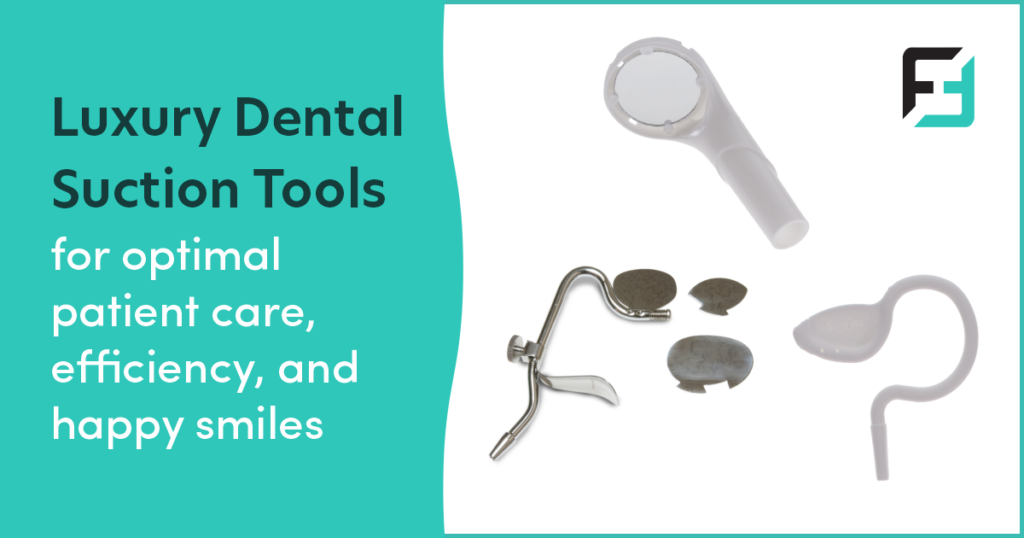Everyday habits that can make or break safety
Infection prevention is the cornerstone of patient and provider safety in dentistry. With busy schedules and competing demands, it’s easy for daily protocols to become routine or overlooked. Yet, even small lapses can open the door to cross-contamination. Among the most common—and preventable—risks are how gloves are used and how hand hygiene is performed.
Improper donning and doffing of gloves
![]() Gloves are the most used form of PPE in dental settings, but improper techniques during donning and doffing can compromise their effectiveness. Cross-contamination is a serious risk when the outer surface comes in contact with bare hands during removal. Training often focuses on hand hygiene but neglects to reinforce the specific steps for safe glove removal.
Gloves are the most used form of PPE in dental settings, but improper techniques during donning and doffing can compromise their effectiveness. Cross-contamination is a serious risk when the outer surface comes in contact with bare hands during removal. Training often focuses on hand hygiene but neglects to reinforce the specific steps for safe glove removal.
Pro Tip: Conduct regular hands-on training with visual demonstrations and/or aids (wall charts/videos) on proper glove donning and doffing techniques. Reinforce the “no touch” method and ensure staff know when gloves must be changed.
Skipping hand washing
![]() Wearing gloves provides essential protection—but they can also give a false sense of security. Dental professionals can unintentionally skip proper handwashing after removing gloves, assuming the barrier from the glove was enough. But microscopic tears, glove removal technique, or contamination during doffing can leave hands exposed to pathogens. Without immediate and thorough hand hygiene, those germs can be easily transferred to patient charts, doorknobs, mobile devices, or even the next patient.
Wearing gloves provides essential protection—but they can also give a false sense of security. Dental professionals can unintentionally skip proper handwashing after removing gloves, assuming the barrier from the glove was enough. But microscopic tears, glove removal technique, or contamination during doffing can leave hands exposed to pathogens. Without immediate and thorough hand hygiene, those germs can be easily transferred to patient charts, doorknobs, mobile devices, or even the next patient.
Pro Tip: Reinforce that gloves are not a substitute for hand hygiene. Make it a standard practice to wash hands or use alcohol-based hand sanitizers immediately after glove removal, every time. Include this step in your infection control audits to ensure compliance.
Overlooking glove integrity and reuse
![]() Gloves are designed to be single-use barriers, yet in busy practices it can be tempting to wear the same pair across multiple tasks or patients—especially if they appear intact. This practice significantly increases the risk of cross-contamination. Even when used properly, gloves can develop microscopic tears during procedures, reducing their protective function. Extended wear can also degrade the material, particularly with contact from disinfectants or repeated stretching.
Gloves are designed to be single-use barriers, yet in busy practices it can be tempting to wear the same pair across multiple tasks or patients—especially if they appear intact. This practice significantly increases the risk of cross-contamination. Even when used properly, gloves can develop microscopic tears during procedures, reducing their protective function. Extended wear can also degrade the material, particularly with contact from disinfectants or repeated stretching.
Pro Tip: Reinforce a strict single-use policy for gloves: one patient, one procedure, one pair of gloves. Encourage staff to inspect gloves for damage during use and replace immediately if compromised. Stock gloves in multiple sizes to ensure a proper fit, which reduces the risk of tearing.
Conclusion
Gloves are only as effective as the practices that surround them. By ensuring correct donning and doffing, never skipping hand hygiene, and avoiding reuse or extended wear, dental teams can strengthen their first line of defense against infection. What seems like a routine step is in fact one of the most critical safeguards for both patients and providers.


.png)

